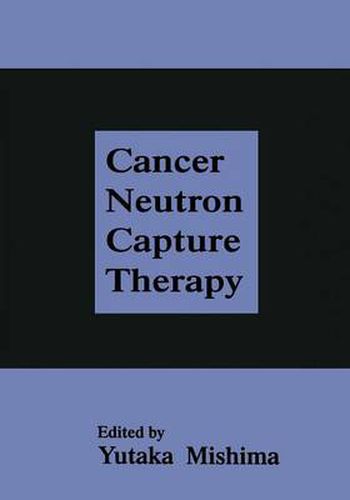Readings Newsletter
Become a Readings Member to make your shopping experience even easier.
Sign in or sign up for free!
You’re not far away from qualifying for FREE standard shipping within Australia
You’ve qualified for FREE standard shipping within Australia
The cart is loading…






This title is printed to order. This book may have been self-published. If so, we cannot guarantee the quality of the content. In the main most books will have gone through the editing process however some may not. We therefore suggest that you be aware of this before ordering this book. If in doubt check either the author or publisher’s details as we are unable to accept any returns unless they are faulty. Please contact us if you have any questions.
There are many human cancers which actively synthesize specific characteristic proteins such as melanomas, thyroid cancer and squamous cell carcinoma. Many cancer researchers have of course tried to utilize this specific activity as a key for the selective treatment of cancers. In the past for example, the molecular hybrid compound of DOPA, a substrate of melanin, and nitrogen mustard N-oxide hydrochloride, a ctyotoxic anti-tumor drug, was synthesized as Melphalan and used to treat malignant melanoma. A major problem arose though in that it was soon found to be highly suppressive toward bone marrow and quite toxic while not being remarkably effective. Thus, malignant melanoma could not be cured by it. Such failure led us to develop a novel bimodal therapeutic system which includes the use of non-toxic potentially cytocidal chemicals which selectively accumulate within the cancer cells and which are converted by a controllable modality into an actively cytocidal element in situ. We can now non-surgically cure malignant melanoma and glioblastoma with our selective cancer treatment, neutron capture therapy (NCT); as can be found in this volume. Included are 124 papers on the latest breaking developments discussed at the Sixth International Symposium on NCT for Cancer held in Kobe during the late autumn of 1994.
$9.00 standard shipping within Australia
FREE standard shipping within Australia for orders over $100.00
Express & International shipping calculated at checkout
This title is printed to order. This book may have been self-published. If so, we cannot guarantee the quality of the content. In the main most books will have gone through the editing process however some may not. We therefore suggest that you be aware of this before ordering this book. If in doubt check either the author or publisher’s details as we are unable to accept any returns unless they are faulty. Please contact us if you have any questions.
There are many human cancers which actively synthesize specific characteristic proteins such as melanomas, thyroid cancer and squamous cell carcinoma. Many cancer researchers have of course tried to utilize this specific activity as a key for the selective treatment of cancers. In the past for example, the molecular hybrid compound of DOPA, a substrate of melanin, and nitrogen mustard N-oxide hydrochloride, a ctyotoxic anti-tumor drug, was synthesized as Melphalan and used to treat malignant melanoma. A major problem arose though in that it was soon found to be highly suppressive toward bone marrow and quite toxic while not being remarkably effective. Thus, malignant melanoma could not be cured by it. Such failure led us to develop a novel bimodal therapeutic system which includes the use of non-toxic potentially cytocidal chemicals which selectively accumulate within the cancer cells and which are converted by a controllable modality into an actively cytocidal element in situ. We can now non-surgically cure malignant melanoma and glioblastoma with our selective cancer treatment, neutron capture therapy (NCT); as can be found in this volume. Included are 124 papers on the latest breaking developments discussed at the Sixth International Symposium on NCT for Cancer held in Kobe during the late autumn of 1994.